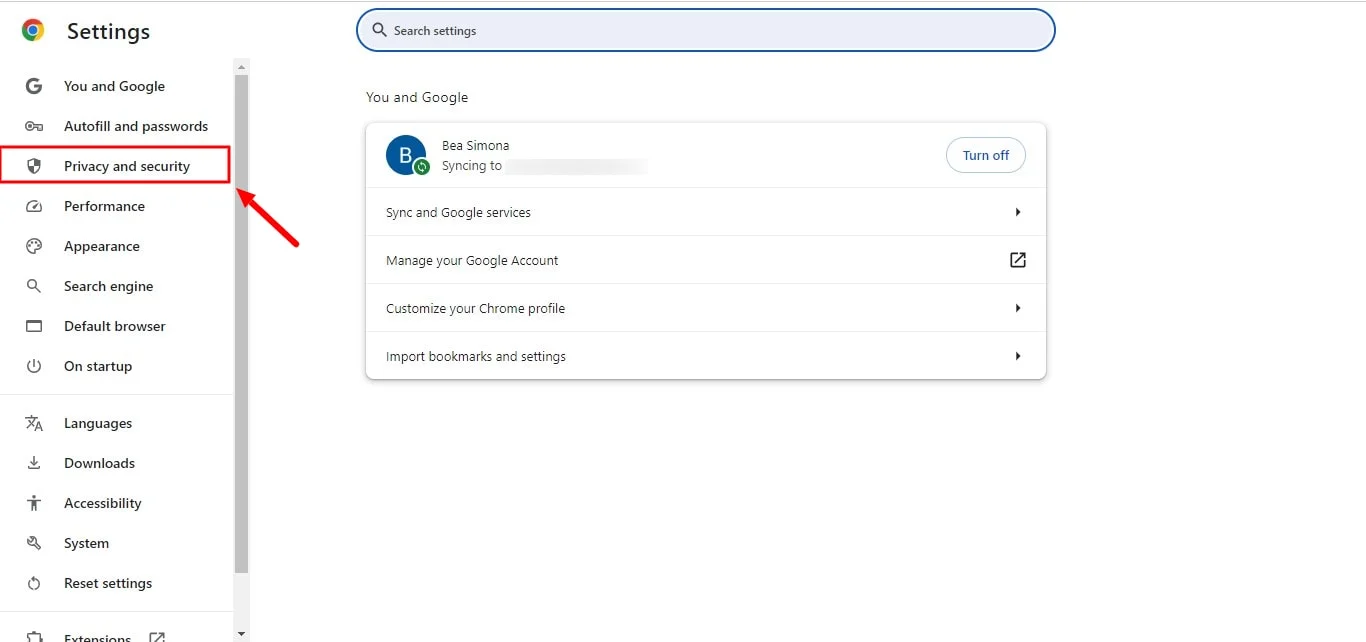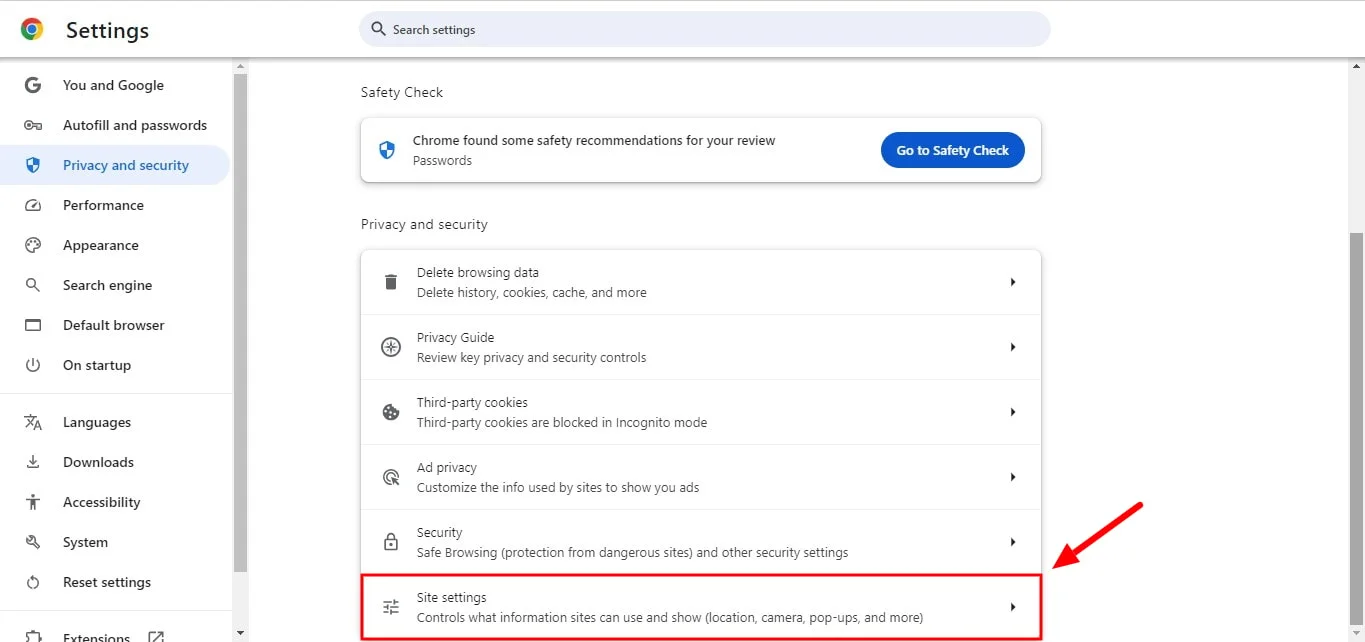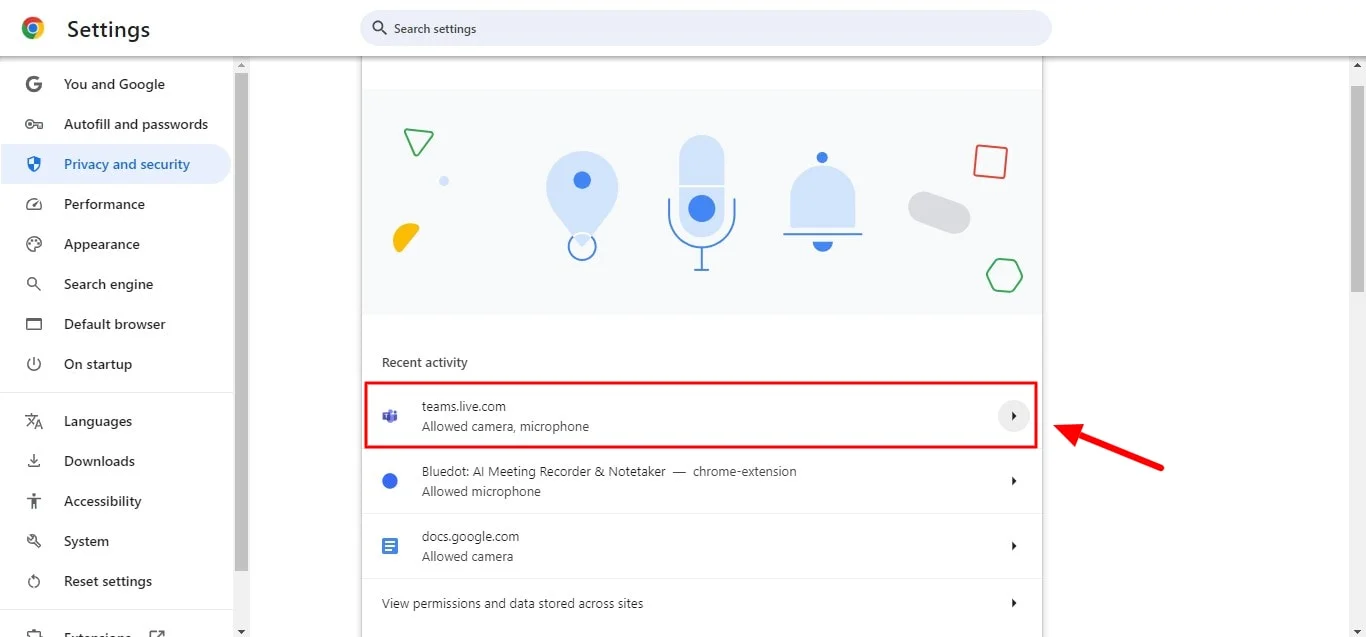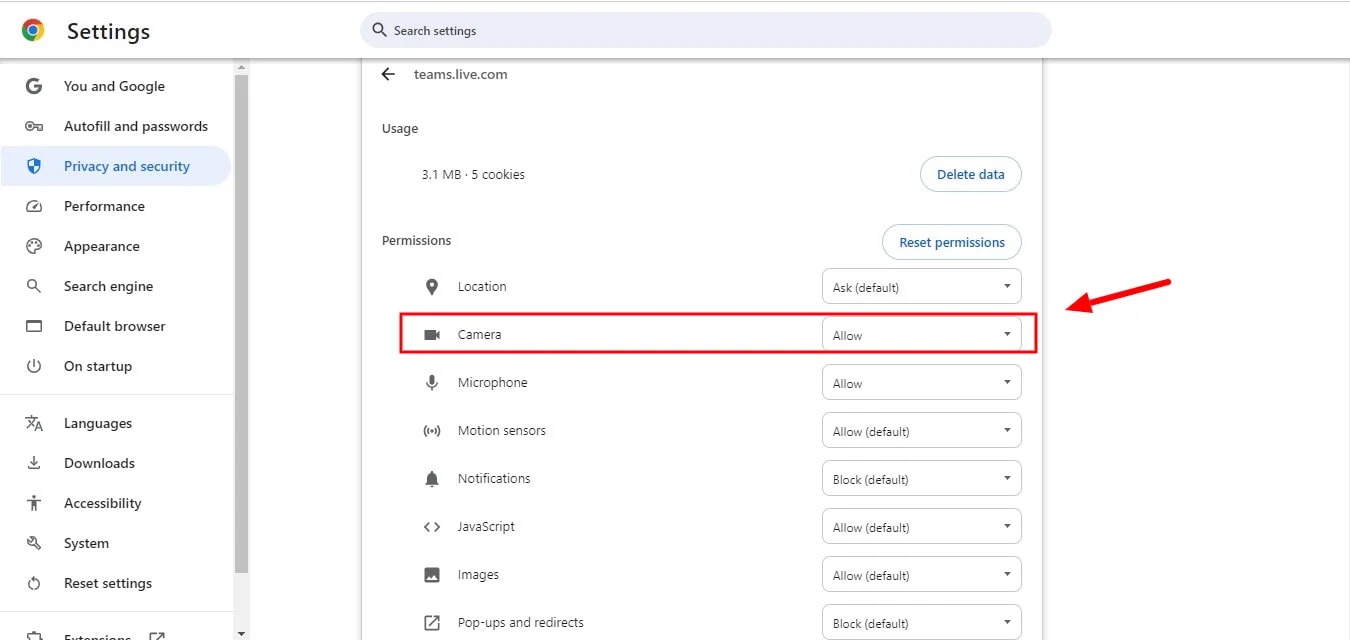
If your Microsoft Teams camera isn’t working, you’re not alone—many users face this issue, and it can be frustrating during important meetings. This guide offers valuable insights into the most common causes of camera problems in Teams, from outdated drivers to incorrect settings, and provides practical solutions to get your camera functioning properly again.
By reading further, you’ll gain the knowledge to troubleshoot effectively, ensuring seamless video communication in your future meetings. Whether you’re dealing with technical glitches or software conflicts, this resource will help you resolve the issue and enhance your overall Teams experience.
Reasons Why Your Microsoft Teams Camera Is Not Working
Experiencing camera issues in Microsoft Teams video conferencing platform can be frustrating, especially when you need to join a video call. There are several common reasons why your camera might not be functioning properly in Teams video meeting. Here are six potential causes and what you can do to fix them.
1 . Allow Microsoft Teams to access your camera
If your camera isn't working while using Teams web app in a browser, it could be due to the browser blocking camera access. To fix this, you'll need to adjust your browser's settings to allow access, app permissions or device permissions.
This covers Chrome and Edge, the browsers that officially support Teams and enable media access.
In Chrome, click the three-dot icon in the upper-right corner and go to "Settings." From there, navigate to Privacy and Security > Site Settings.


Locate "teams.live.com," expand it, and choose either "Ask" or "Allow" in the "Camera" dropdown.


In Edge, click the three-dot icon in the top-right corner and select "Settings." Then, go to Cookies and Site Permissions > All Sites.
Find "live.com," click the caret next to it, and select "Ask" or "Allow" under "Camera."
Choosing "Ask" will make the browser request permission before accessing the camera each time, while selecting "Allow" grants automatic access built in camera without prompting.
2. Clear the Microsoft Teams cache
A corrupted cache can cause various issues in Microsoft Teams. Clearing it might help. First, close Teams. Then, press Win+R to open the Run dialog box.
For the classic Teams app:
- Type %appdata%\Microsoft\Teams and press Enter.
For the new Teams app:
- Type %userprofile%\appdata\local\Packages\MSTeams_8wekyb3d8bbwe\LocalCache\Microsoft\MSTeams and press Enter.
Delete all files in the opened folder. If you can't find either folder, you may need to reset Teams to clear the cache. After clearing the cache, restart Teams and check if your camera works.”
3. Update all your camera drivers
Outdated software can often cause camera issues in Microsoft Teams application. While an outdated camera driver or old Teams version is a common culprit, outdated camera drivers or operating systems can also be the problem. If your camera suddenly stops working during a meeting, make sure your drivers are up to date.
To update drivers on a Windows users device, go to Start, search for 'Device Manager', double-click 'Cameras', right-click your camera, and select 'Update driver'. On a Mac, go to the Apple menu, choose 'System Preferences', and click 'Software Updates'.
While you're there, check for operating system updates too. On your Windows computer, go to Start, then 'Settings', followed by 'Update & Security'. Download and install any available updates. You might need to restart your computer afterwards, or use the computer's troubleshooting tool.
4. Uninstall and reinstall Microsoft Teams
If you're still having trouble with your Teams camera, reinstalling the app might help. This is often the next step after restarting your computer or the app itself. A corrupted installation can cause various issues.
To uninstall Teams on a Mac, use Finder to locate the Microsoft Teams app and delete it. On Windows, go to Start > Settings > Apps>, find Microsoft Teams, select Uninstall, and confirm.

Once uninstalled, download the latest Teams version from the Microsoft Teams installer website. Before reconfiguring the camera settings again, try recording a video message to yourself within Teams to see if the camera works.
5. Ensure you're selecting the correct system camera
If you have multiple camera options available, make sure your system settings and are configured to use the correct one. This is especially important if you prefer to use external devices, webcam, or a similar device as your default.
You'll typically find the "select camera" option within your Microsoft Teams settings, but your mobile device settings or access permissions might also affect it.
If your camera isn't working, it could be due to other apps currently using it besides an external camera. Generally, a camera can only be accessed by one app at a time, so ensure that Microsoft Teams is the app with claiming camera access only. Otherwise, you could try to re-register camera app that you are currently using.
Conclusion
Microsoft Teams camera issues can disrupt your meetings, but understanding the common causes can help you troubleshoot and fix the problem quickly. Whether it's outdated drivers, incorrect settings, or conflicts with other apps, addressing these issues will ensure your camera works seamlessly in future meetings.
Effectively capturing and leveraging the content of Microsoft Teams meetings is crucial for businesses and individuals alike. Whether it's to revisit important decisions, share key information with absent colleagues, or present screens in-depth analysis, recording meetings is essential. While Teams offers basic recording functionality, tools like Bluedot excel in providing a solution.
By integrating with Teams, Bluedot offers automatic recording, transcription, intelligent summarization, auto-generated emails, customizable meeting templates and secure storage. This powerful combination ensures that valuable meeting insights are preserved. With its focus on security and user-friendliness, Bluedot stands out as the ideal tool for optimizing your meeting recording and management process.
FAQs
Can an outdated version of Microsoft Teams app cause camera issues?
Yes, running an outdated version of Microsoft Teams app can lead to various issues, including camera malfunctions. Make sure to update Microsoft Teams to the latest version.
What if my Microsoft Teams camera suddenly stops working during a meeting?
This could indicate that your camera driver or operating system is outdated, or that another app is using the camera. Updating the drivers to correct device and ensuring no other app is accessing the camera should resolve the issue.
Can firewall or antivirus software affect my camera access in Teams?
Yes, firewall or antivirus may block camera access for certain apps on your Windows device. Check your software settings and device manager to ensure desktop apps or Microsoft Teams is allowed to access your camera.

%201.svg)
